Mapping the Roadmap: Understanding the Methodology Behind Braze Product Development
Published on May 12, 2020/Last edited on May 12, 2020/10 min read
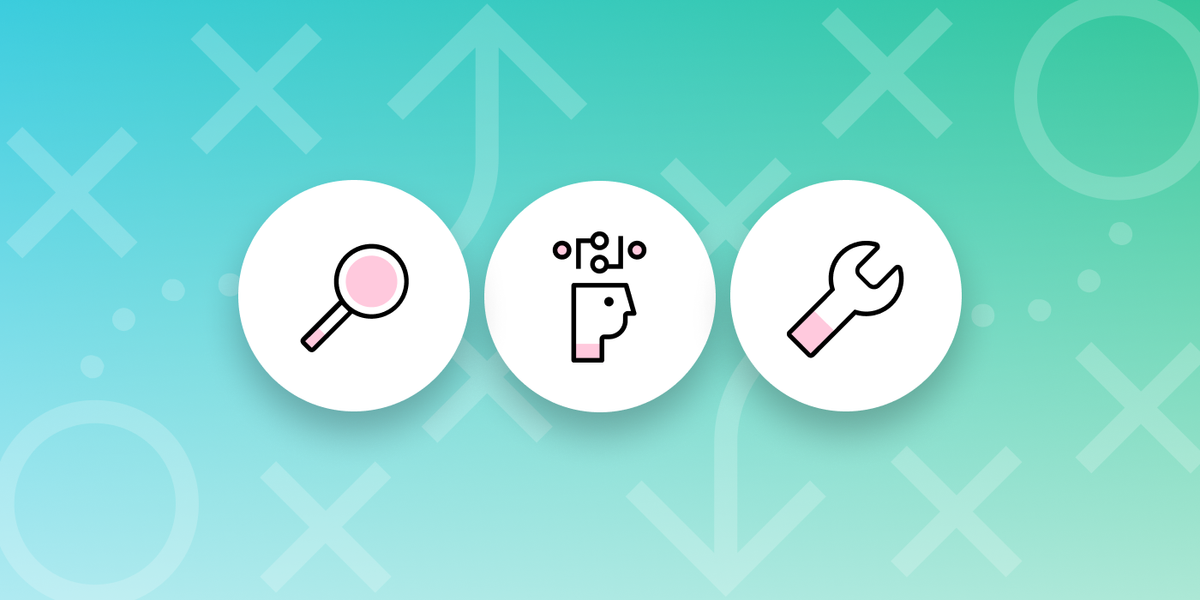

Pierre Reymond
Senior Solutions Consultant, BrazeHere at Braze, we’re passionate about the product we’ve built and how it makes personalized, in-the-moment customer engagement possible for leading brands worldwide. But we’re even more passionate about continuing to build out the Braze platform with meaningful input from our innovative customers, our forward-looking internal teams, and our observations of the ever-evolving marketing technology landscape.
Our Product Principle: Listen, Understand, and Act
Braze prioritizes investment in our own technology—that is, our internal software and technology stack—to ensure that we’re always on the bleeding edge of what’s possible when it comes to customer engagement and the larger marketing automation space. Our product development principles are based on three main areas of focus:
- Listen: The connections that make data ingestion into the Braze platform possible
- Understand: How you classify audiences, orchestrate engagement strategies, and personalize messages
- Act: How Braze helps you execute on customer engagement across channels
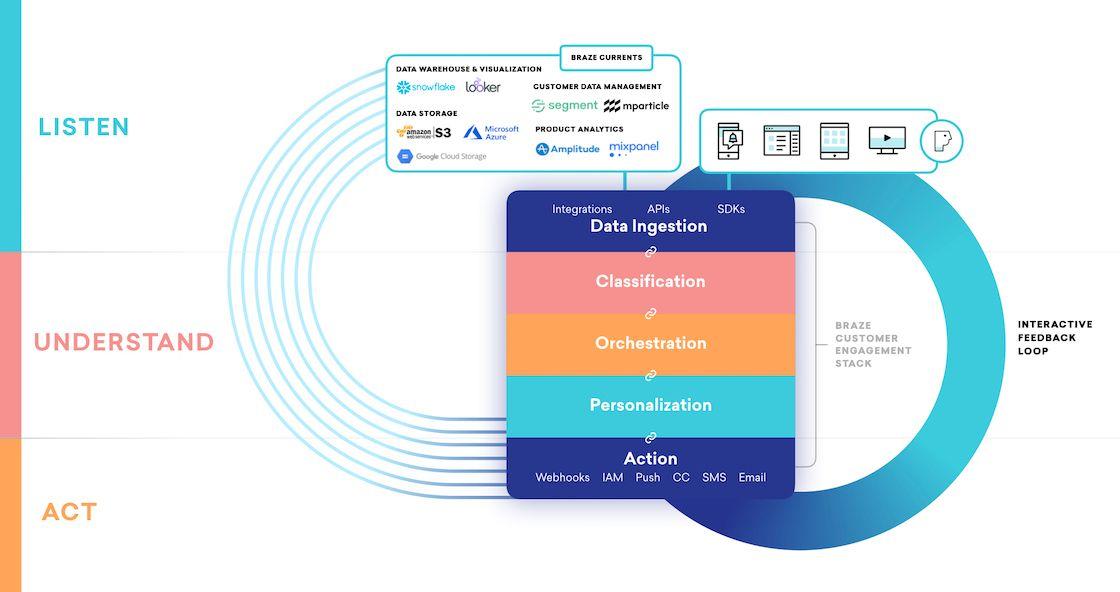
Listen, Understand, and Act form the foundation of the Braze platform, and we believe excellence across these areas of focus will determine future success in the marketing technology landscape. To help you better understand how the Braze team decides what updates and new features to prioritize as we evolve our product, let’s dig deeper into each of those areas.
FOCUS #1: Listen
“Listening” in today’s data-driven digital landscape is all about ensuring that your brand has the information it needs to comprehend customer context. With Braze, it’s our data ingestion layer that makes this possible—allowing you to gain a better understanding of your customers by listening to their preferences and carefully understanding their behaviors before designing the engagement.
At Braze, we have three central ways for you to stream information about your customers into the platform:
- SDKs make it possible to harness a continuous flow of data across channels and platforms.
- APIs help you pull in data from outside sources so that you can personalize messaging at scale.
- Direct integrations -support data flows with other best-in-class software like location platforms, data analytics, customer data platforms (CDP), and more.
We’ve made a point of investing significant development resources in all three of these methods in order to support more effective data collection and management.
SDKs
Braze consistently updates our SDKs so that you have the highest-possible level of compatibility with your customers’ devices. Braze has a dedicated SDK development team that makes sure Braze is compatible with relevant, brand new operating systems or new versions of existing operating systems,like last fall’s launch of iOS 13 and Android 10. Our SDK team also makes sure Braze can support new operating system features, like dark mode support for in-app messages.
APIs
We optimize our APIs with one goal in mind: making sure you have the most flexibility possible for enriching the tools you use to understand your customers’ behaviors and preferences.The Braze user data API plays a central role in our platform’s data collection capabilities: It allows you to send data to Braze from anywhere in your technology stack. We’ve recently made important updates to our API infrastructure to increase Braze’s interoperability within the rest of your technology investments. Instead of limiting our customers to creating or updating identified users in Braze, our customers can now create users via an alias from a third party system, and creating an unidentified user. This allows you to strengthen your acquisition strategy into your app or website by leveraging Braze to communicate to these unidentified users.
Technology Partners
The purpose of our technology partner ecosystem is to give you the connections you need to most effectively manage customer data and campaigns and build your own built-for-purpose technology stack (On example? The recent addition of new loyalty and promotions partners has made it possible for brands to more easily and seamlessly include personalized promo codes with the messages they send).
Back in 2018, we launched the Braze Alloys Partnership Hub, which makes it faster and easier for you to combine Braze with other technologies impacting the customer experience. The Braze Partnerships team, which oversees Alloys, regularly reviews customer feedback and guidance from internal teams to identify future technology partners and productized integrations. One such recent addition is our partnership with Snowflake in connection with their Secure Data-Sharing feature. For our customers who are also happy customers of Snowflake (like we are!), we will provide you with secure and direct access to your data via Snowflake, to unlock the potential of your customer engagement and campaign data faster and more securely than ever before.
FOCUS #2: Understand
“Understanding” is a core focus of the Braze product—like knowing what defines customers so they can be classified into segments, mapping customer journeys in order to orchestrate brilliant experiences around them, or detecting nuances about individuals to more accurately personalize messages.
All in, understanding requires a highly interoperable, fit-for-purpose technology. That’s why Braze was built as a vertically-integrated system, or a single architecture designed to support better understanding of customers across all channels and customer devices. Vertical integration makes customer engagement channel- and device-agnostic because it unifies all engagement channels over the same data model, a requirement for meeting consumers where they are across a wide variety of touchpoints and devices. Otherwise, an incomplete picture of engagement can lead you to make skewed or inaccurate decisions about what your customers really want.
When it comes to understanding your customers, Braze offers three key layers designed to make life easier and more productive for your marketing, growth, and engagement teams.
1. The Classification Layer
Data is powerful, but only if you have the ability to understand what it means for your customer engagement efforts. With Braze, as soon data is ingested, your team can take advantage of our native targeting capabilities to build audience segments. At the same time, if you’ve got a team of crack data scientists working away building predictive segments, or propensity scoring, or other targeted audiences in an analytics platform, Braze makes it possible to flow those data sets right into our segmentation tools for easy use. In the future, Braze will be looking to make our segmentation and classification tools even easier to use, while also giving our customers even more insight into their customers and their behaviors.
2. The Orchestration Layer
Context matters, and effective orchestration makes it possible to amplify the power of your marketing efforts by delivering messages p responsively or proactively at the right time for each customer.
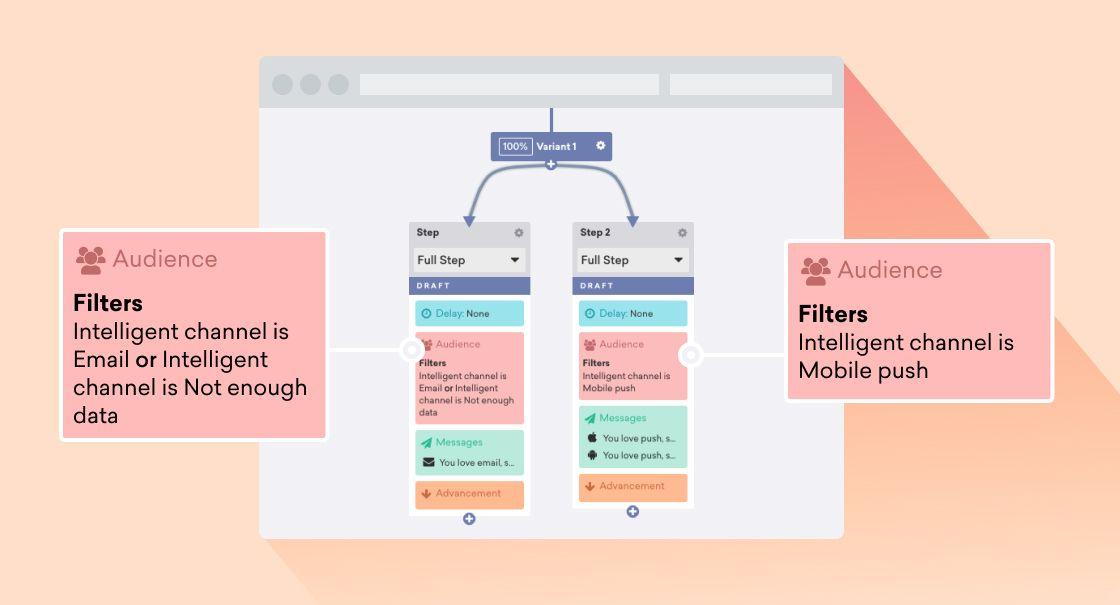
One major product initiative focused on this aspect of user engagement is Braze Canvas, our drag-and-drop visual customer journey builder tool. This feature makes it possible for marketers to link together different messages into an organic, responsive flow and easily tweak and adjust their multi-part campaigns to fit each message flow to the individuals receiving them. At Braze, we’re continually adding new components to Canvas in order to ensure our customers stay ahead of the curve when it comes to building unified journeys for their users. Recently, we launched a new selection of Canvas components to give brands more flexibility in how they use this important tool. With this update, marketers can now mix and match new components—Decision Splits, Delay Steps, Message Steps—to build customer journeys the whole team can understand and create for themselves.
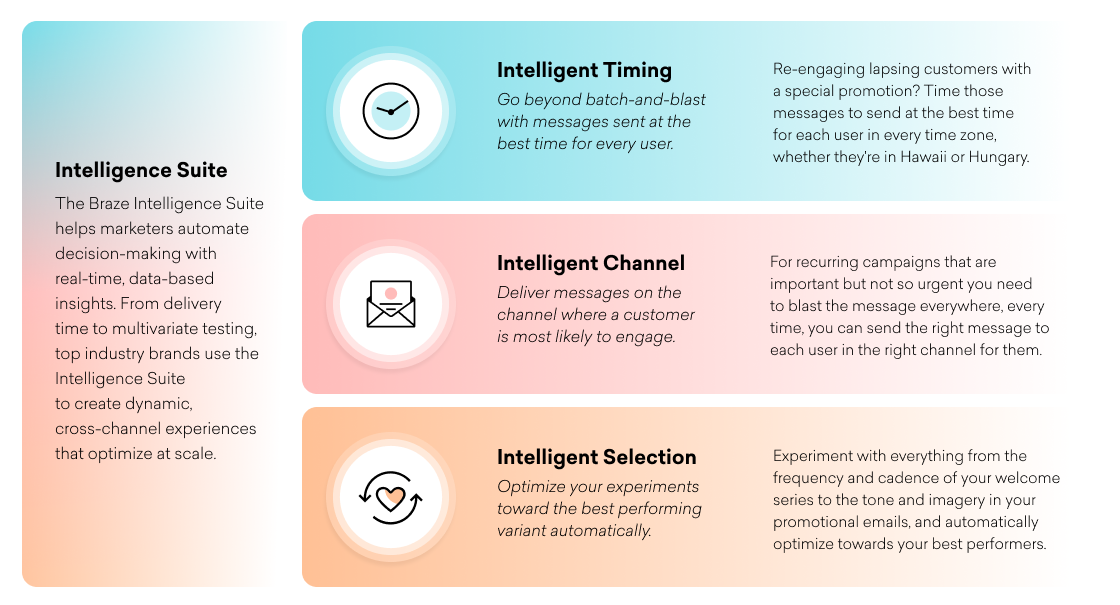
Another key product area when it comes to orchestration? The Braze Intelligence Suite, which is built to help marketers better understand how each of their users want to be engaged with—including preferred times to receive messages, preferred outreach channels, and more. This suite was first developed more than five years ago and has undergone ongoing iteration and improvements to ensure that Braze is helping our customers provide better, smarter, more scalable brand experiences to their customers. In addition, the new Braze Predictive Suite is deepening the Braze product’s machine learning tools, making it easier for brands to improve ROI by identifying customers likely to churn, among other capabilities.
3. The Personalization Layer
Today’s consumers expect a personalized experience from the brands they like. At Braze, ensuring that we have industry-leading personalization capabilities is a major priority throughout our organization. Whether you’re incorporating data that your brand has collected via the Braze SDK or customizing messages using data hosted outside the Braze platform, Braze is built to make it happen.
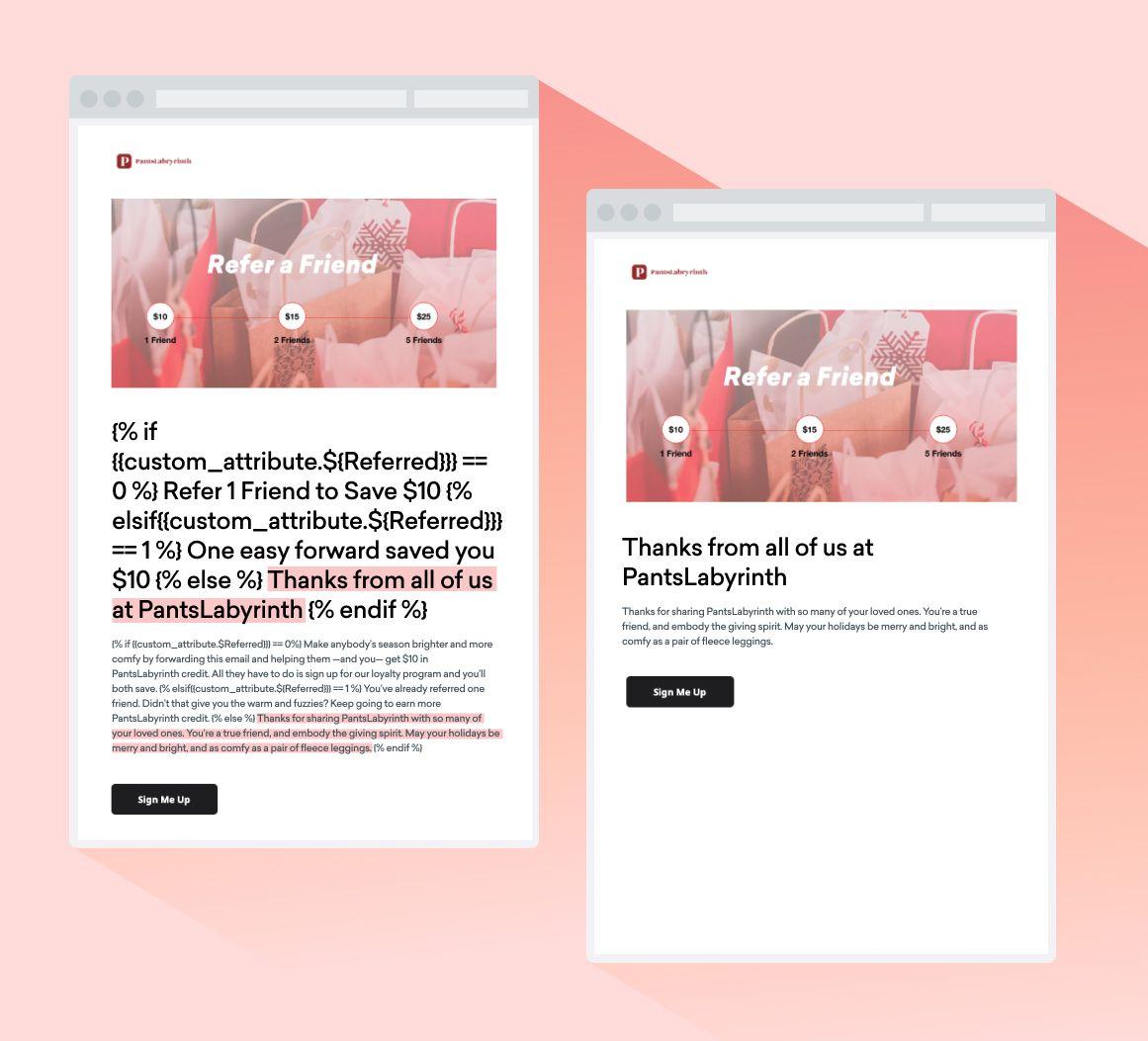
Our platform’s Liquid personalization capabilities allow Braze customers to easily leverage the data at their disposal to add personalized elements to messages of all kinds, and allows brands to send specific campaign variants to the right recipients. At the same time, Braze Connected Content lets you pull information into your messages as they’re sent via API, ensuring that you can take full advantage of all the data at your disposal...and making sure that you’re not acting on information that’s already out of date. Going forward, we’re looking at ways to help our customers leverage these tools across their campaigns and Canvases in more coordinated ways, supporting more widespread personalization and more effective messaging across the board.
FOCUS #3: Act
Once you understand your customers—their preferences, their engagement behavior, and what they’re looking for from your brand—the next step is taking action. The Braze platform is built to be cross-channel but also channel agnostic, allowing our customers to take advantage of a variety of owned channels, as well as larger breadth of third-party channels through our product’s webhook capabilities. Our core channels include:
- Email — These days, email is seeing a revival, with the rise of AMP for Email making rich, interactive experiences newly possible within marketing emails.
- SMS — Tried and true, SMS messages are an ever-popular messaging option and one that’s now supported natively within the Braze platform.
- Mobile Push Notifications — From simple, urgent notifications to rich push including images and even video, push is a core way brands speak to their customers on mobile.
- Mobile In-App Messages — Deliver messages to users actively engaged with your app; these messages are the perfect complement to email and push notifications.
- Mobile Content Cards — These messages support great customer engagement by allowing brands to create persistent content flows within their mobile apps.
- Web Content Cards — Take the Content Card experience and make it available to web users, supporting rich, unobtrusive brand experiences on the desktop and mobile web.
- Web Push Notifications — Reach your audience on desktop and mobile web with short, snappy communications, even if the recipient isn’t currently on your webpage.
- Web In-Browser Messages — Like in-app messages for the web, in-browser messages allow brands to surface personalized, targeted outreach to active web visitors.
- Webhooks — This flexible channel makes it possible to integrate Braze with additional engagement channels, be it ad retargeting, digital direct mail, mobile wallet, or any other tool that can accept an API call.
Across the messaging channel landscape, Braze is always hard at work identifying promising emerging channels, assessing potential impact, and making thoughtful decisions about when to integrate with outside channels and when to build channel support natively. We’ve recently introduced new native channels with SMS, Content Cards, as well as upcoming and currently beta testing support for Facebook Audiences syncing as a step within your customer lifecycle strategies.
The “act” side of the equation is always front of mind for Braze when it comes to product development priorities. And every time an essential new channel is released, the channel agnostic nature of the Braze platform means that marketers leveraging it will benefit from our shared product architecture—from segmentation and data management to personalization and orchestration—from day one.
Final Thoughts
Since its founding in 2011, Braze has built an enterprise-grade, vertically integrated customer engagement platform with support from a clear product vision, strong internal teams, and our loyal customer base. And we’re committed to continuing to bring to market a best-in-class product by innovating on our three main areas of focus:
- Listen
- Understand
- Act
By leaning on an agile team structure, where independent teams build out and release features for dedicated product areas during ongoing two-week sprints, the Braze product team has been able to ensure a robust, iterative product development process punctuated by major quarterly releases.
To learn more about the technical ins-and-outs of the Braze product and the philosophy that drives how Braze approaches ongoing development, check out our Building Braze product blog.
Related Tags
Releated Content
View the Blog
Add to Cart Rate: What It Is, Why It Matters, and How to Improve It

Team Braze
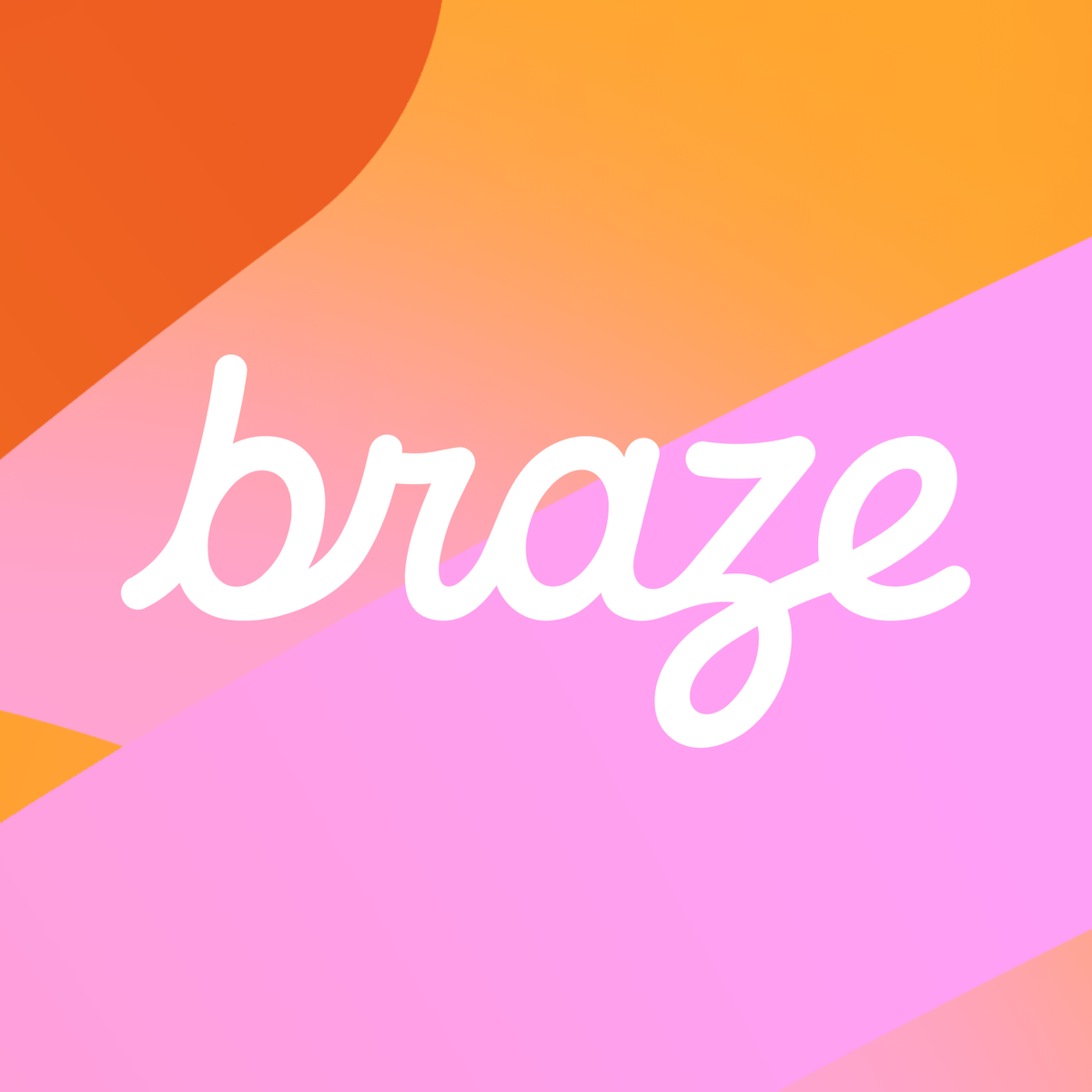
Forge 2025: Advancing customer engagement in an AI-native world

Todd Grennan
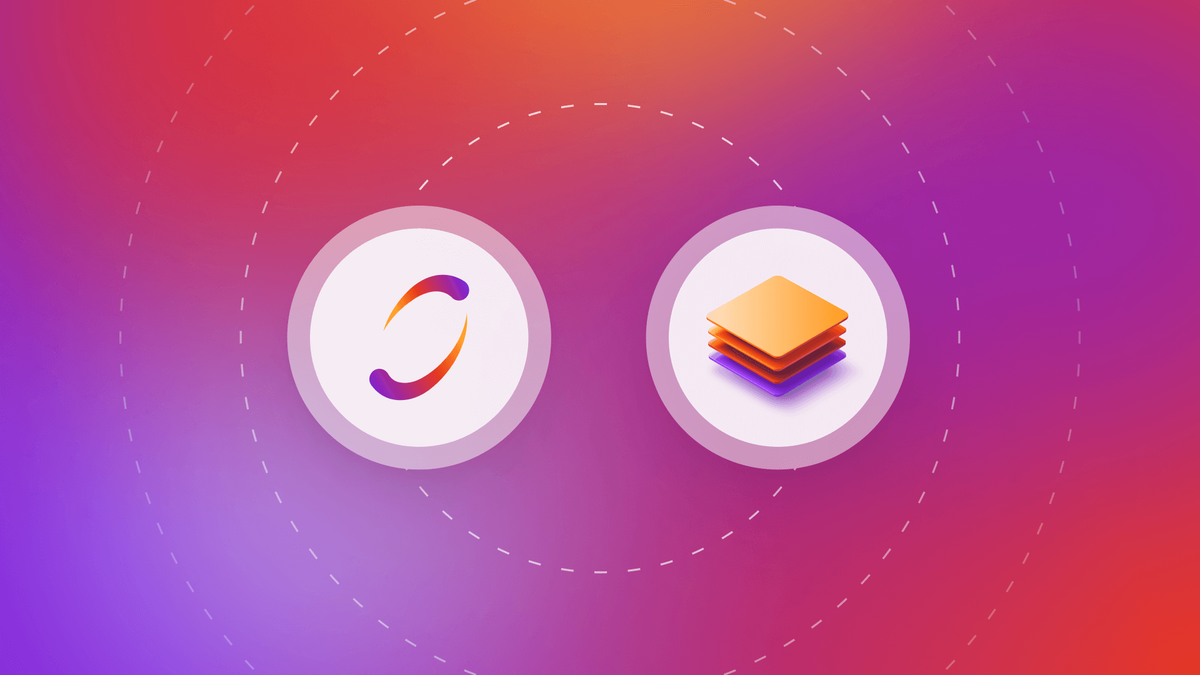
Drive Real Value: Adding AI Decisioning to Your Customer Engagement
